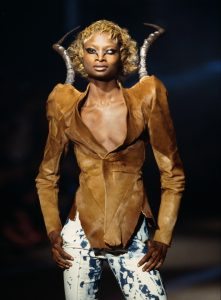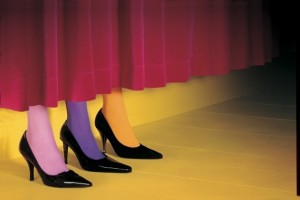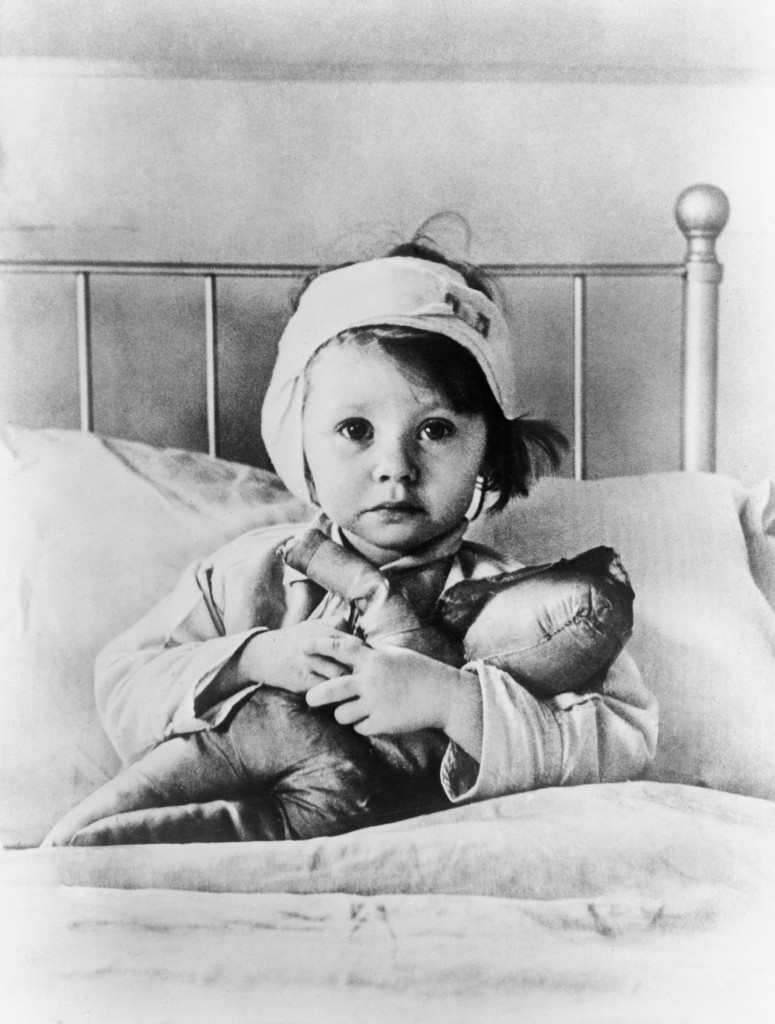
A young enthusiastic Cecil Beaton wanted to create glossy pictures just like the ones of the actresses he adored. Taught the basics by his aunt, he started experimenting with exposure and compositions. Influenced and excited by postcard images of the sensational actress, Lily Elsie, he began to create his own dramatic aesthetic. These postcards, along with a large body of Beaton’s work, are currently on display at the Imperial War Museum. The show’s content narrates Beaton’s journey from experimental and theatrical fashion portrait photographer, through to his war years, and then finally his works after the war. Although predominantly wartime photography by Beaton himself, the exhibition includes neat interludes of various artefacts that help the visitor place Beaton in a society he could otherwise be considered to have danced over. Letters, magazines and a costume included in the exhibition remind us that Cecil Beaton was a genuine person rather than just a character. Visual material, documenting the destruction of war, has a similar effect, bringing home the reality of death. War changes everybody and everything that experiences it.
Beaton had achieved professionally before the war. His distinct theatrical style can be seen in photographs of his sisters, Nancy and Barbara, in costume. These examples, included in the exhibition, demonstrate how Beaton could create enchanting scenery, costume and compositions; images that he would manipulate afterwards to make them even more powerful. His expertise didn’t go unrecognised and he claimed his first credited image of George Ryland in costume (1924), which was published by Vogue. His relationship with Conde Nast flourished and he joined the team, the start of a thunderous relationship. Before the war Beaton wasn’t happy, he was arguing with Vogue and almost everyone else. The war provided a new chapter for him and what he recognised later on in life as an exciting body of work.
As exhibition curator, Hilary Roberts, quite rightly points out, ‘war photographers don’t just fall out of the sky’. Their work is influenced by both war and their personal lives, and that war will always affect the rest of their lives, and therefore their later work. Beaton put the word out that he was up for the project and with the help of an admirer, in the form of a very powerful Kenneth Clark, he was appointed to take portraits of important wartime figures. A letter from Clark to Beaton, displaying his respect for the photographer, is included in the exhibition.
Beaton’s documentation of war didn’t include frontline action; it reached people in a different way. His photos of the bomb damage at the sites of His Master’s Voice, The Natural History Museum and Madame Tussauds’ reveal how war had battered the capital. At the same time his images of boys on bunks in air raid shelters, a woman sitting in a welfare café and most poignantly young Eileen Dunne in a hospital bed clutching her teddy bear, show the human side of war.
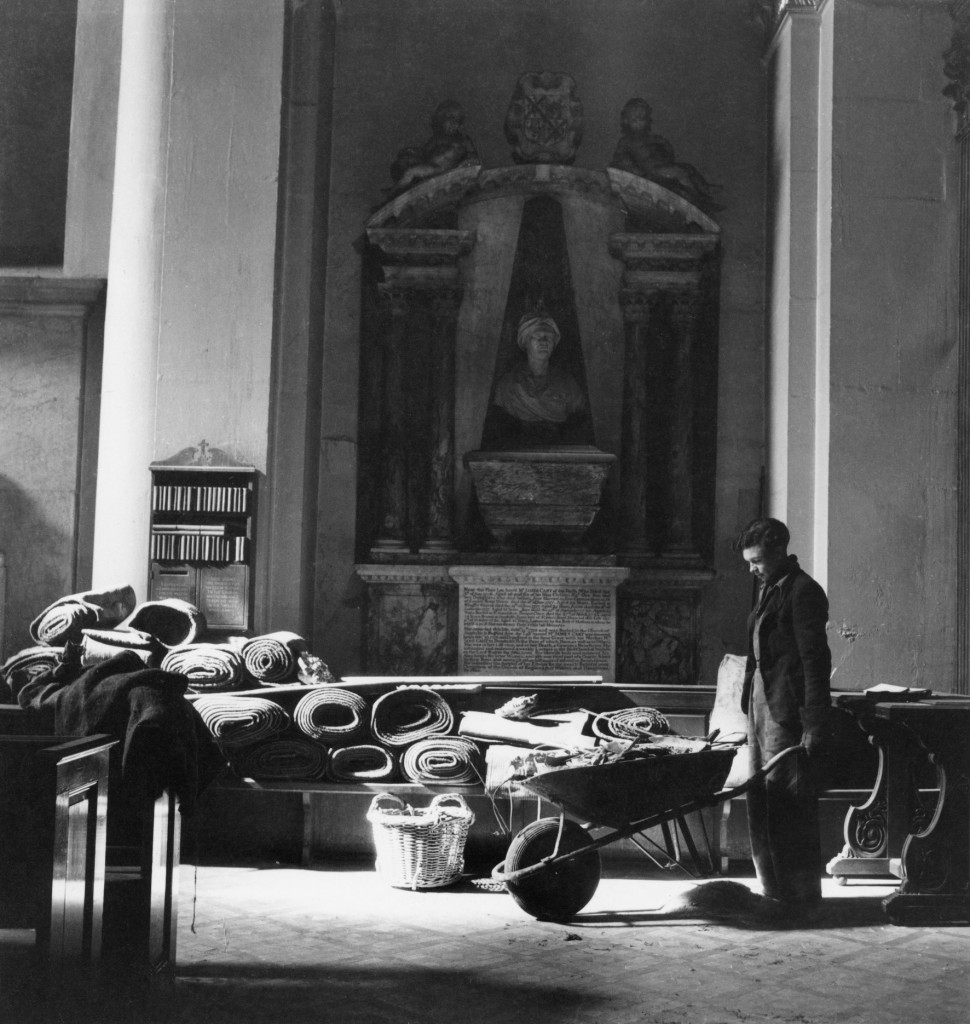
The war opened doors to a previously frustrated Beaton. He was offered opportunities to work on wartime films and books, resulting in a huge workload for the hardworking photographer. During Beaton’s first peacetime visit to the USA he first photographed Greta Garbo, which was to be the start of a much-documented relationship. His worldwide travels supplied him with rich visual content that he was able to incorporate into his later work – for example his time in China influenced a costume for the Opera Turadot. His subsequent eclectic, flamboyant style wasn’t always encouraged, as acknowledged in a letter from John Gielgud, to Beaton that pleaded to hiM to keep Lady Windermere’s Fan authentically Victorian.
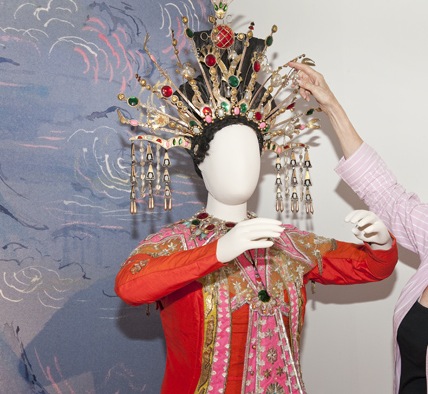
Beaton’s images of war have always affected me, without me even realising it. The postcard of Eileen was most likely my first ever postcard purchase and definitely my first memory of wartime history. Wartimes’ influence on Beaton’s work was undeniable, a point summed up perfectly in Lincoln Kirstein’s letter to the photographer.
“You’ve been everywhere and seen everything and I am sure what you could develop would be the most terrific gift for observation and construction”
TORY TURK FOR FAD

